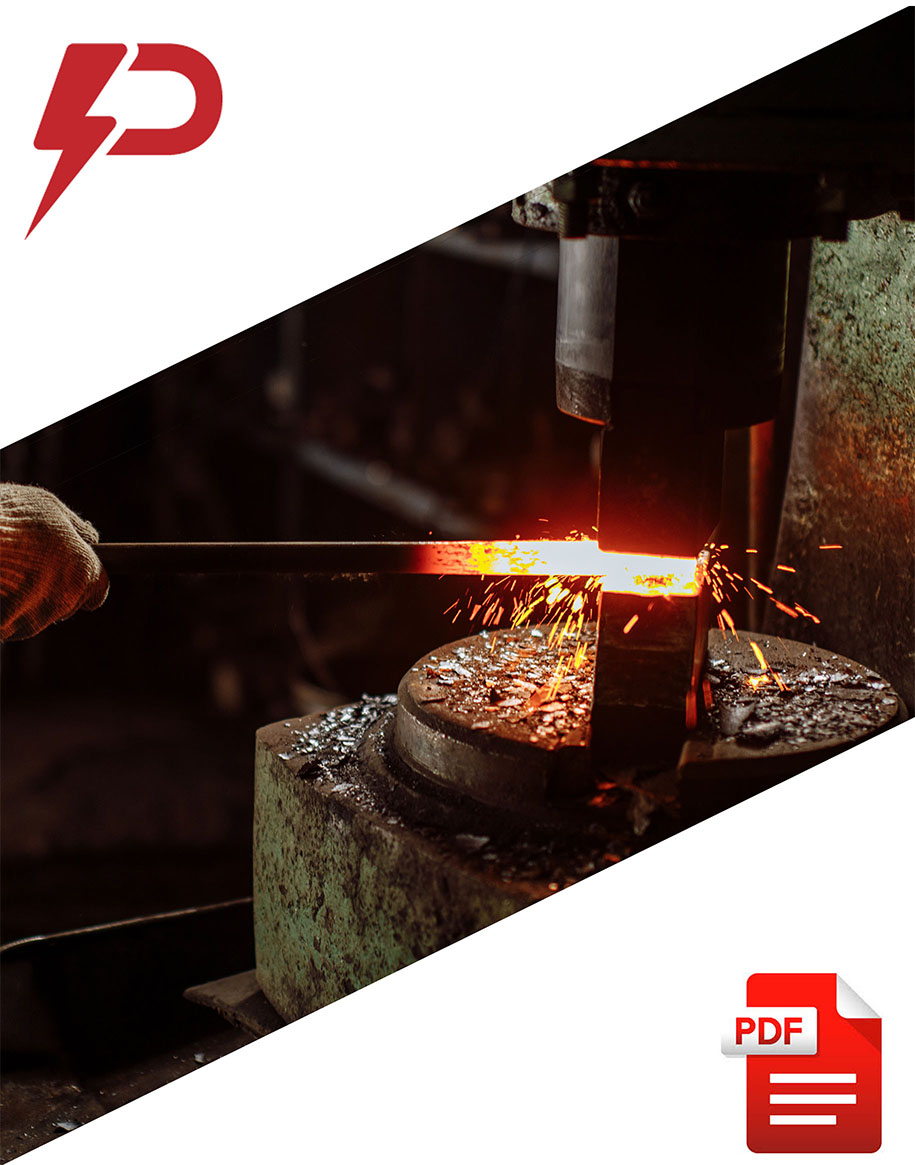Self-Supporting Tower
Self-Supporting Towers are sturdy structures designed for telecommunications, radiodifusão, and surveillance applications without requiring external support. Available as 3-legged or 4-legged models, they feature angular or tubular elements to handle varying load capacities. These towers can reach heights from 20m to 190ft while withstanding severe weather conditions and supporting multiple accessories.
Hot-dip galvanized after fabrication, Self-Supporting Towers provide years of corrosion-free service in harsh environments. They take up less space than guyed towers, making them ideal for urban installations where land area is limited. The towers can be customized with various accessories including antenna mounts, platforms, climbing ladders, and safety devices. Self-Supporting Towers are commonly used for cellular networks, microwave junctions, marine radars, and wind turbines.
Características:
- Hot-dip galvanized construction for maximum corrosion protection
- Heights available from 20m to 190ft depending on model and requirements
- Pre-engineered designs meeting ANSI/TIA-222 standards
- Ability to withstand wind speeds up to 90 MPH
- Compatible with numerous accessories including safety climbing devices and lightning protection
Perguntas frequentes (Perguntas frequentes)
What are the benefits of Self-Supporting Towers for telecommunications?
Self-Supporting Towers offer support for a wide range of antennas and equipment at relatively low cost compared to other tower types. They provide excellent durability against harsh weather, easy installation in various locations, and can be custom designed to meet specific height and weight requirements for different telecom applications.
What materials and construction features are used in Self-Supporting Towers?
Self-Supporting Towers utilize solid rod, pipe or angle iron construction with X-braced custom designs. They’re hot-dipped galvanized for superior corrosion protection, available in custom heights up to 400 pés, and engineered for rapid, trouble-free installation with licensed engineer sealed prints.
What applications are Self-Supporting Towers suitable for?
Self-Supporting Towers serve telecommunications (cellular antennas, microwave dishes), military applications (radar systems, Equipamento de comunicação), emergency services (police, fire, rescue communications), and FAA & governmental agency structures for air traffic operations, security measures, and surveillance capabilities.
What are the standard sizes of Self-Supporting Towers?
Standard Self-Supporting Towers range from 20 meters to 400 feet in height, with common modular sections of 10 pés. Models like the SuperTitanKD can reach up to 190 pés. Como um fabricante líder, we can custom design towers according to your specific requirements for height, load capacity, e condições ambientais.
What makes Self-Supporting Towers space-efficient?
Self-Supporting Towers don’t require guy wires or additional anchoring space, making them ideal for urban and constrained environments. Their freestanding design allows installation in tight spaces where other tower types would be impractical, while maintaining excellent stability and structural integrity.
What standards do Self-Supporting Towers comply with?
Self-Supporting Towers are engineered to comply with industry standards including ANSI/TIA 222-F, TIA/EIA 222-G, and CSA standards. Professional engineers can provide stamped designs that meet or exceed these requirements, garantindo a segurança, confiabilidade, and regulatory compliance for all installations.
How do Self-Supporting Towers differ from Guyed Towers?
Self-Supporting Towers stand independently without guy wires, requiring less land area but more substantial foundations. They’re ideal for limited spaces and urban installations. Guyed towers use tension cables for support, requiring more land but less steel, making them more economical for rural installations with available space.
What is the expected lifespan of a Self-Supporting Tower?
Self-Supporting Towers typically last 25-40 years when properly maintained. Hot-dip galvanized towers show excellent durability even in harsh environments. One documented case showed perfect internal condition after 30 years near the Red Sea, demonstrating that pipe legs don’t rust from inside out as sometimes feared.
Are 3-legged or 4-legged Self-Supporting Towers better?
Neither design is inherently superior when properly engineered. Three-legged pipe towers typically use 20-25% less steel than four-legged angle towers while providing equivalent performance. The best choice depends on specific site requirements, installation conditions, and overall project economics rather than leg configuration.
What foundation requirements exist for Self-Supporting Towers?
Self-Supporting Towers require substantial concrete foundations proportional to tower height and anticipated load. Foundation designs must account for soil conditions, wind loads, and seismic considerations. Professional engineering analysis is essential to ensure proper foundation sizing and reinforcement for long-term structural integrity.
How do you determine the appropriate Self-Supporting Tower height?
Tower height depends on coverage requirements, surrounding terrain, line-of-sight needs, and local regulations. A professional site survey helps determine optimal height by analyzing radio frequency propagation, nearby obstructions, and coverage objectives while ensuring compliance with zoning and FAA requirements.
